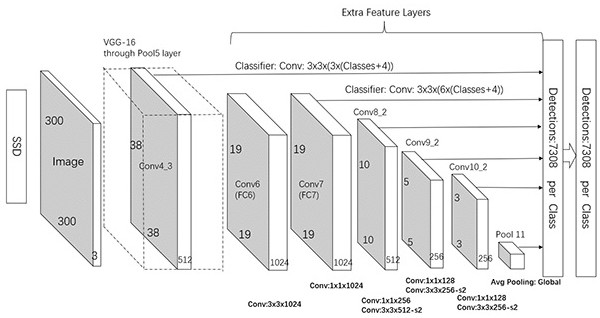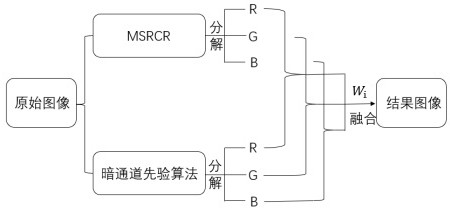Training method, recognition method and device of underwater sea urchin image recognition model
A technology of image recognition and training methods, which is applied in image enhancement, image analysis, image data processing, etc., can solve problems such as color difference, low contrast, blurred underwater sea urchin images, etc., and achieve the effect of improving image quality and accuracy
- Summary
- Abstract
- Description
- Claims
- Application Information
AI Technical Summary
Problems solved by technology
Method used
Image
Examples
Embodiment Construction
[0017] In order for those skilled in the art to better understand the technical solutions of the present invention, the present invention will be described in detail below with reference to the accompanying drawings and specific embodiments. The embodiments of the present invention are described in further detail below in conjunction with the accompanying drawings and specific embodiments, but are not intended to limit the present invention. The steps described herein, if there is no need for a contextual relationship with each other, the order in which they are described herein as an example should not be regarded as a limitation, and those skilled in the art should know that the order can be adjusted as long as It is enough not to destroy the logic between them and make the whole process impossible.
[0018] An embodiment of the present invention provides a training method for an underwater sea urchin image recognition model, please refer to figure 1 , figure 1 A flowchart...
PUM
 Login to View More
Login to View More Abstract
Description
Claims
Application Information
 Login to View More
Login to View More - R&D
- Intellectual Property
- Life Sciences
- Materials
- Tech Scout
- Unparalleled Data Quality
- Higher Quality Content
- 60% Fewer Hallucinations
Browse by: Latest US Patents, China's latest patents, Technical Efficacy Thesaurus, Application Domain, Technology Topic, Popular Technical Reports.
© 2025 PatSnap. All rights reserved.Legal|Privacy policy|Modern Slavery Act Transparency Statement|Sitemap|About US| Contact US: help@patsnap.com



